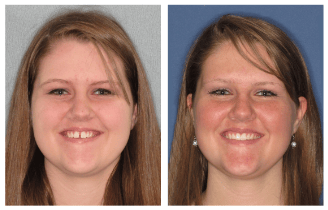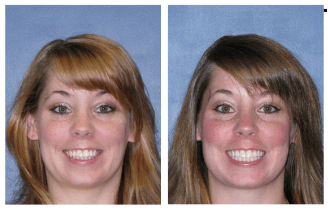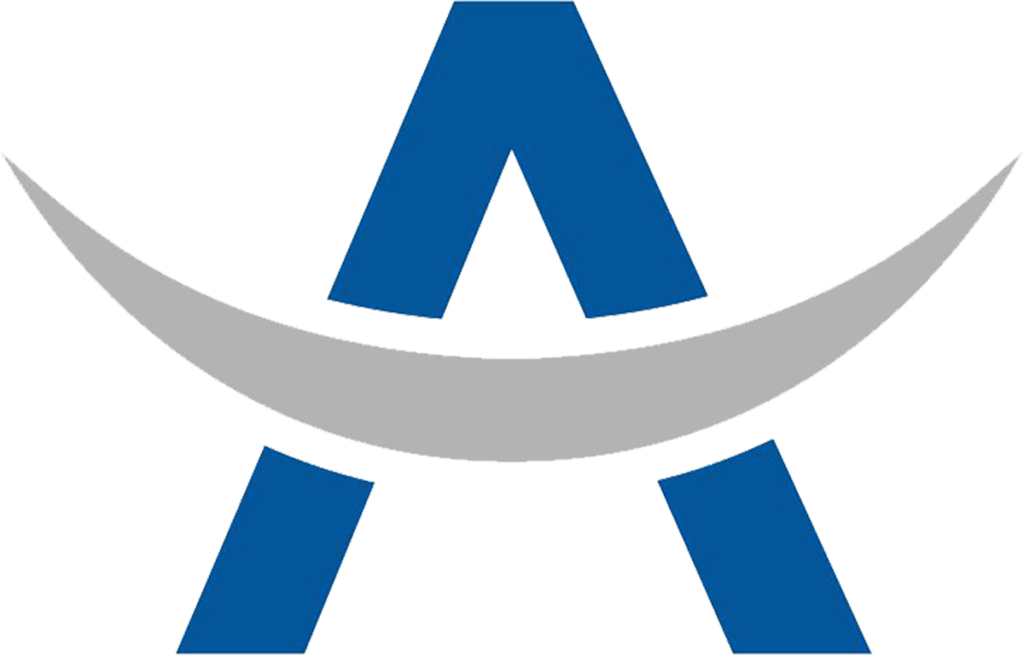Clear Braces at Axelrode Orthodontics
Schedule My Consultation Now
What are clear braces?
If you’re looking for a solution that allows you to keep your teeth cleaner without rubber bands and is less noticeable than traditional braces, then Clear braces are the way to go. This option is great for adults and teens. And unlike traditional braces that require rubber bands, clear braces use wires that can slide and move naturally as your teeth shift into place. Another benefit of clear braces is that it uses less pressure than traditional braces so there’s less pain, too.

I'm Ready to Improve My Smile!
How Clear Braces Works:
Three Simple Steps
01.
Schedule a free consultation with our Orthodontists
Set up your free consultation with our certified and experienced orthodontists, who can help you determine if you are a good candidate for clear braces.
02.
Get acquainted with the customized treatment plan
Our orthodontists will take your teeth impressions and show you the different stages of teeth positioning via 3D imaging.
03.
Show-off your smile!
Once your treatment is complete, your dental braces will be removed with a simple and relatively painless process. A retainer will be made for your mouth and you will wear it for a period of time to ensure your results are maintained. And do not forget to show-off that smile!
Clear Braces Treatment Success Stories
HAPPY PATIENTS
Before and After Braces Treatment




Frequently asked questions about braces:
It’s important to know that your teeth are suspended inside your gum and bones. They are not fused into your bone. The teeth are surrounded by the periodontal ligament (PDL). This is what enables your teeth to be moved. Braces use gentle force in one direction. This force compresses the PDL on one side and stretches it on the other. On the side that is compressed, the bone reabsorbs. On the side that is being compressed, the bone grows. So actually, your teeth move as a product of simultaneous bone loss and creation.
A good rule of thumb when it comes to braces is that you can eat any food that is soft. It’s also a good idea to cut your food up into small pieces so that you avoid damaging your braces by biting through big chunks of food.
More importantly, you need to know WHAT YOU CAN’T EAT WITH BRACES.
– Chewy foods: bagels, hard rolls, licorice
– Crunchy foods: popcorn, ice
– Sticky foods: caramels, gum
– Hard foods: nuts, hard pretzels
– Sugary food: candy
– Foods you have to bite into: corn on the cob, apples, carrots
You’ll be able to enjoy all of your favorite foods once your braces are off. But for the duration of the time you are wearing braces, it’s important to not eat foods that can damage your braces.
The cost of braces can vary greatly depending on your individual treatment plan.
Braces can seem to be expensive. However, once you’ve had braces, as long as you follow the Dr’s care instructions, your new smile should last a lifetime.
Braces can give you a new smile and bite. And as long as you follow your post-braces care plan properly, the investment you make in braces can last for your entire life. This means that the investment you make in braces spread out over decades can amount to pennies a day.
On average, most orthodontic patients wear their braces for 2 years – some treatment can be as short as 12 months, some as long as 3+ years. It all depends on the individual case.
It’s important to remember that wearing your retainers is a part of your orthodontic treatment.
Retainers help stabilize your teeth after braces – and retain their new alignment.
It’s recommended that you wear your retainer full time for anywhere from 4-12 months following the removal of your braces. After that time, you will need to wear it at night indefinitely.
It’s extremely important that you have good dental hygiene at all times, but especially so while you’re wearing braces.
That being said, we’ve found that both electric and manual toothbrushes work to brush your teeth with braces. Of course, the electric requires less work.
What really matters when brushing your teeth with braces is that you make sure to brush all the surfaces of the teeth around the braces themselves – above and below the braces.
Additionally, we recommend that you consider using a water pick to clean between your teeth, since flossing with braces can be very difficult.
Braces hurt because they are actively moving your teeth.
They can also hurt if the brackets and wires themselves come into contact with your cheeks. Eventually after a few weeks most people grow less sensitive in their mouth’s inner tissues.
We recommend that our patients take any painkillers before their initial and adjustment appointments. It’s easier to prevent the adjustment pain, than stop it once it’s begun.
This is a very common question that depends on the structure of your mouth and teeth – and what your smile goals are. Therefore we recommend that you schedule a complimentary consultation with either our dentist or orthodontist. Once they examine your mouth and have a conversation with you, they’ll be able to recommend if braces can help you achieve your smile goals.
The orthodontics association recommends that every child see an orthodontist for an evaluation at the age of 7 or 8. At that appointment, the orthodontist will recommend a personalized treatment plan and time for your child.
The short answer is yes. We treat both children and adults for braces.
Adults can explore either metal braces or Invisalign. Again, we offer a free initial consultation to help you plan your smile goals.


